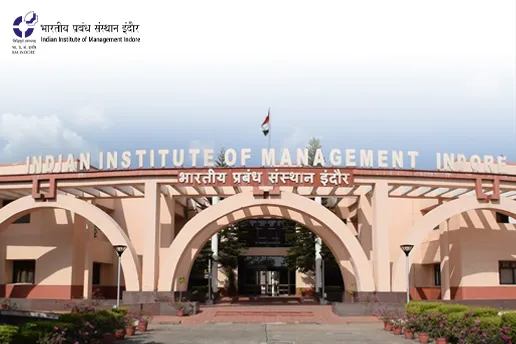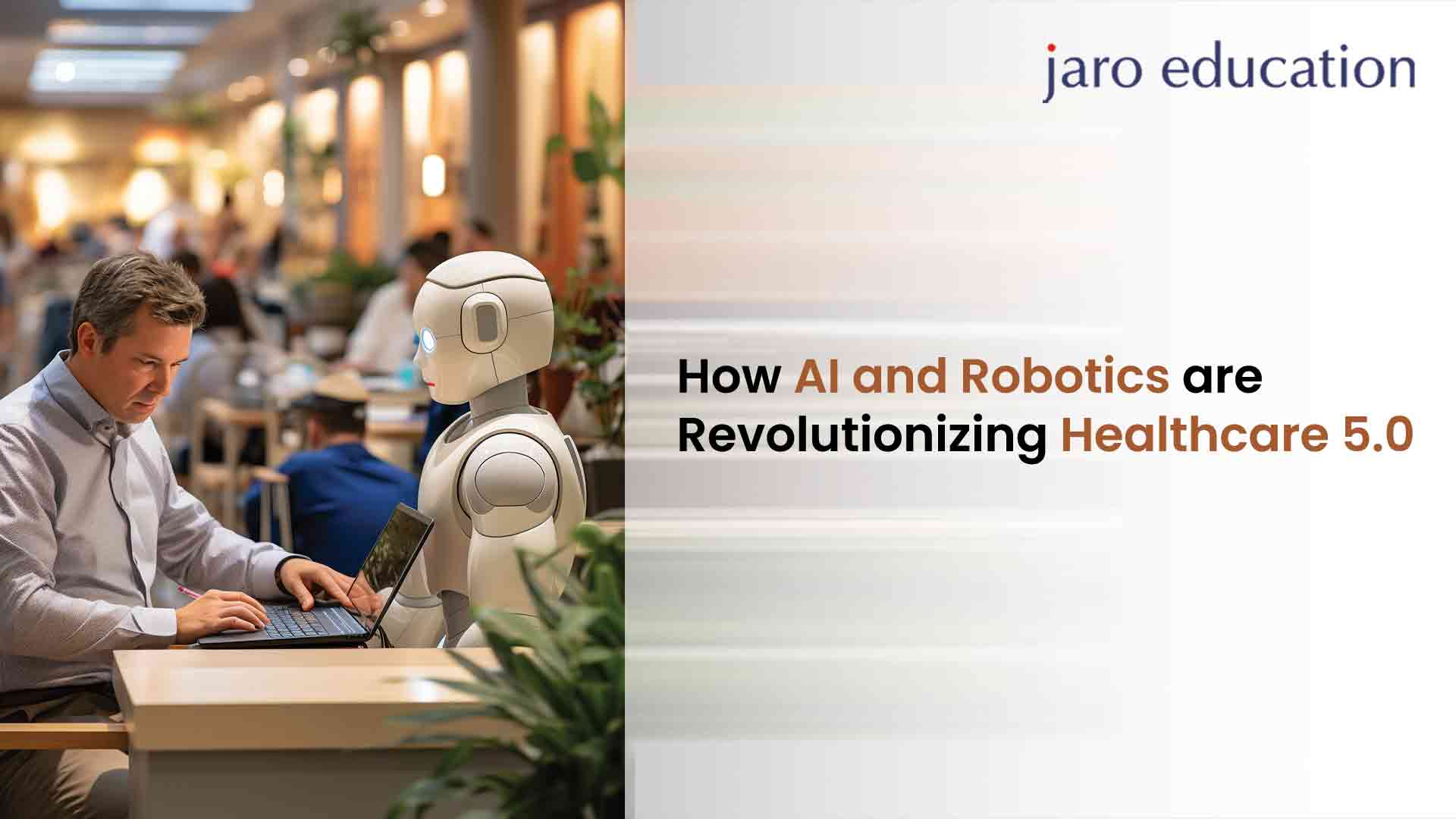Transforming the Future of Work: How Robotic Process Automation is Redefining Business Efficiency
Table of Contents
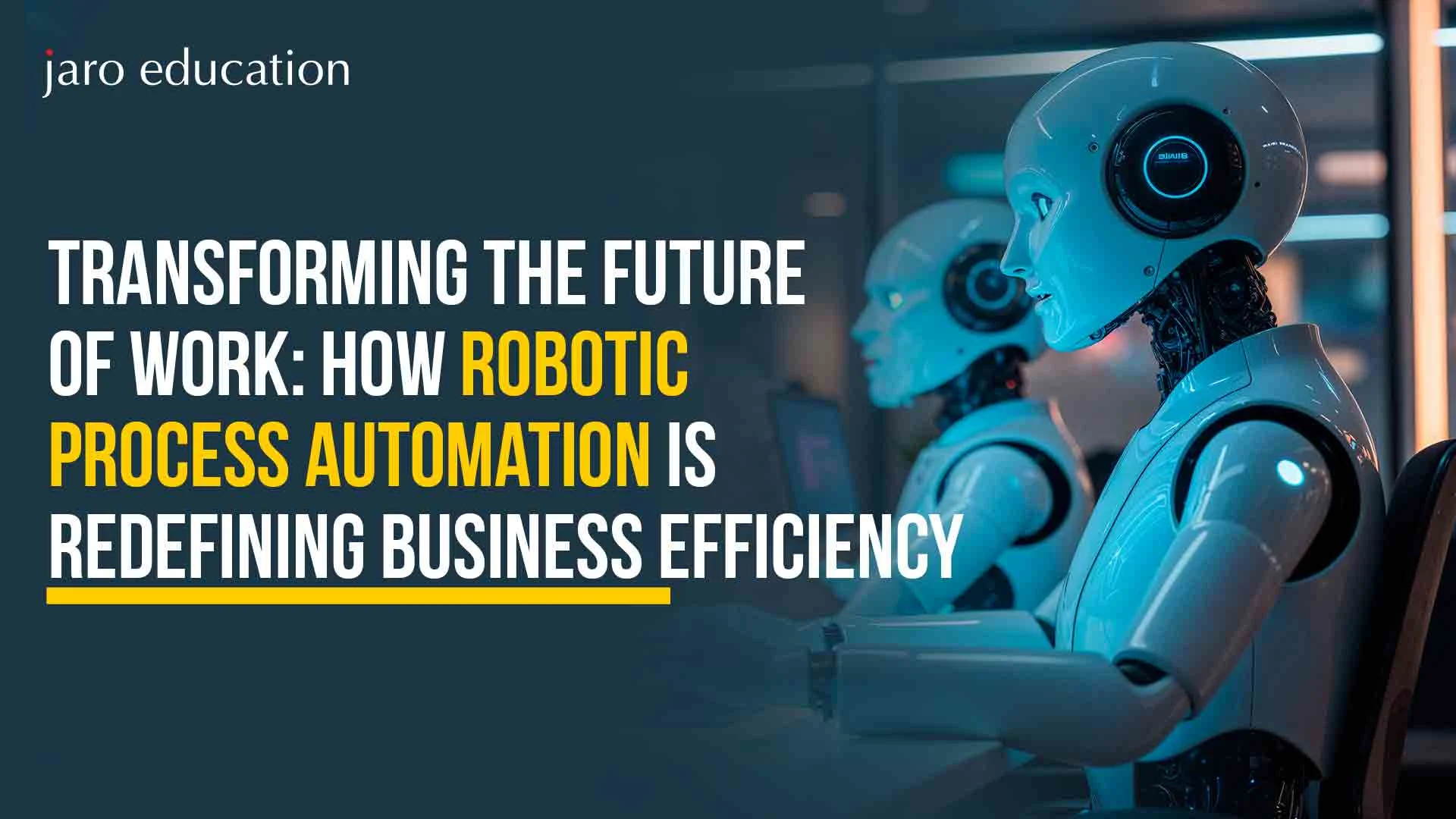
A little outdated process may hold back your enterprise in the future of work. Today, businesses are competing to be at the forefront by automating their work and becoming smarter. Robotic Process Automation (RPA) has become one of the most significant technologies changing business processes, augmenting productivity, and streamlining operations of various industries.
This transformational technology takes care of the mundane and repetitive jobs so that the human workforce can focus on strategic growth initiatives. Robotic Process Automation (RPA) minimizes manual errors and, at the same time, greatly reduces operational costs, thereby underpinning business transformations today.
And the real game-changer is intelligent automation, which combines well with RPA, artificial intelligence, and other advanced technologies so that the system is capable of decision-making, learning from data, and self-improving continuously. An RPA infused with AI is a boon for simple task automation, and it empowers a business to handle more complex processes with limited human intervention.
You might have heard of many organizations articulating the value and importance of business process optimization to remain agile and responsive. Companies start by identifying the inefficient parts of their workflow and employ RPA solutions so that they can envision new, far-reaching, impactful workflows. With its great potential to destroy barriers, extend processes, and enhance overall operating efficiency, RPA has solidified its place in the business world.
AI-powered RPA has enhanced the powers of robotic automation by embedding cognitive abilities into traditional RPA bots. This means current software robots can read documents, understand the context around them, and even converse with humans using natural language. AI and RPA together allow setting the stage for intelligent systems that seamlessly interoperate across various domains of an enterprise.
From finance and HR to customer service and supply chain management, workflow automation is transforming the very models of business. Business entities that deploy robotic process automation in their business workflows achieve unprecedented turnaround times, compliance, and customer satisfaction.
But how is this transformation coming about? Let’s walk through the main ways robotic process automation is reforming business operational mechanisms and changing the workplace as we know it.
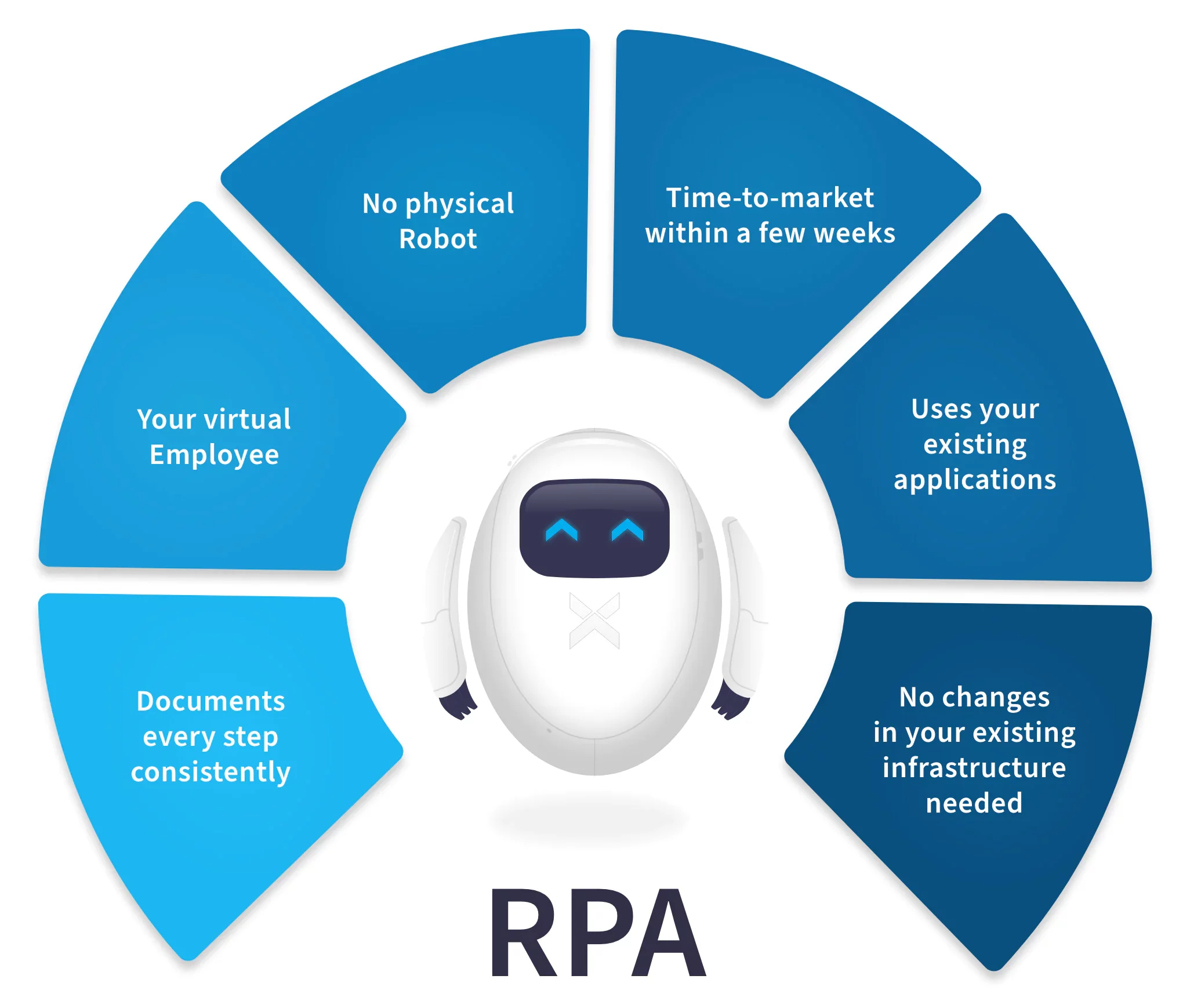
*NIX United
1. Streamlining Repetitive Processes
Many processes in business would get stuck faster with mundane, routine tasks like data entry, invoice processing, and report generation. RPA would do these tasks faster and with no errors, thus freeing up human workers for more intuitive business processes.
By combining RPA with intelligent automation, enterprises can create workflows that can change with the changing environments of the business, learn from observed patterns, and improve on accuracy at every iteration. This particular combination allows thoughtful decisions that provide extreme productivity gains.
Another example is automating account reconciliation and real-time reporting in the finance department by using RPA. RPA minimizes turnaround time for closure from days to hours or even minutes.
2. Improving Employee Satisfaction and Productivity
Contrary to the belief that automation is a cause of job losses, RPA does just the opposite; it makes employees happy by taking away monotonous tasks and giving them time for creative and strategic work instead.
In conjunction with AI-powered RPA, workers have digital assistance to analyze huge datasets, call out abnormalities, and deliver insight. This increases employee productivity and involvement in the work.
Through business process optimization, organizations can redesign job scopes such that the teams can collaborate better with RPA bots. Hence, RPA serves to buy empowerment instead of displacing it.
3. Enhanced Accuracy and Compliance
Human errors in data entry or transaction processing can be expensive. RPA ensures tasks are performed the same way every time, reducing error chances and enhancing compliance.
With its applications in intelligent automation, banking, healthcare, and insurance have greatly benefited from the presence of strict regulatory obligations, as bots track all actions and maintain audit trails for accountability. RPA automation supports data integrity, hence creating trust across regulatory ecosystems.
Moreover, workflow automation ensures that no critical task is missed and that alerts are generated when an anomaly is detected. This enables businesses to be compliant with minimal human intervention due to robotic process automation.
4. Allowing for Expansion of Scalable Growth
For businesses that are growing, most traditional processes cause bottlenecks. RPA can be highly scalable and also cope with increased volumes of work at a smooth quality and speed.
When AI-powered RPA is integrated into an organization, it can dynamically allocate resources, prioritize workloads, and respond to changes in demand. This flexibility gives businesses an edge over their competitors.
With more businesses heading towards digital change, RPA provides a scalable architecture that keeps pace with changing business objectives and facilitates long-term business strategies through effortless workflow automation.
5. Implementing digital transformation
Now digital transformation isn’t an option—it’s a must. Robotic Process Automation accommodates the need for digital transformation.
It refers to the unique character of RPA, which is making its processes compatible with legacy systems. Connected between the new and the old, it speeds up the completion of digital initiatives and improves ROI on technology investment.
When combined with intelligent automation, RPA encourages real-time analysis and better customer experiences. Companies have a strong workflow automation strategy with which they can align their internal and external workflows to modern expectations.
6. Redefining Customer Experience
In this age of personalization, customers expect fast, precise, and comprehensive service. RPA enables seamless, consistent, and efficient customer-facing operations.
Bots are able to provide the entire customer experience, from onboarding to service requests, relatively quickly across channels, thus shortening response time and increasing satisfaction. RPA produces a consistent experience for the enterprise across all customer touchpoints.
With AI-powered RPA behind them, chatbots and virtual assistants now understand natural language, detect sentiment, and can escalate matters when needed. It tends to be more human-like while retaining the speed of automation.
7. Real-World Applications Across Industries
Robotic Process Automation can be applied across every conceivable industry. In healthcare, RPA is used for managing patient records. RPA in logistics tracks shipments and automates billing. In retail, RPA is used to manage inventories and process returns.
The diverse applications illustrate the versatility of RPA. Organizations program bots to handle specific needs in their business, applying business process optimization as a way of creating value in niche areas.
Through workflow automation, organizations achieve cross-functional integration by enabling different departments to work together seamlessly across digital processes. It is intelligent automation that provides the velocity and accuracy for this level of seamless integration.
8. Overcoming Implementation Challenges
There is no doubt that the benefits can easily be seen, yet the implementation of RPA requires a strategy. Business processes need to be evaluated for RPA suitability, the proper tools acquired, etc.
Change management can be a huge factor. With proper training for teams, RPA goals can be aligned to fit the company’s needs, thus easing the transition. RPA ought to be regarded as a useful companion rather than a competitor.
Furthermore, once AI-powered RPA is integrated, the data and processes must be monitored closely to ensure effective performance by the bots and sustained value from workflow automation.
9. The Road Ahead: Collaboration Between Humans and Bots
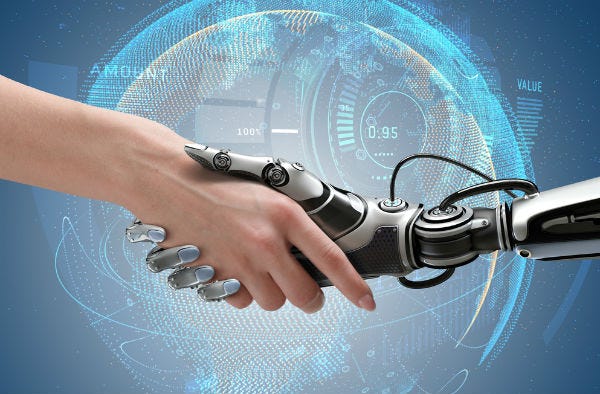
*Medium.com
The end goal is to successfully build collaboration between man and machine, rather than competing against one another. RPA will continue to develop, having set its own standard of intelligent behavior, and now more than ever is being embedded in the business ecosystem.
Newly emerging trends signal a far more promising automation, i.e., hyperautomation, propelling businesses toward unbelievable speed and precision in operation.
For organizations to prosper in this alternate reality, it is imperative to implement business process optimization along with the creation of innovation-rich cultures. This means the complete redesign of processes, reskilling of the workforce, and engaging in suitable RPA tools that are scalable and flexible.
Conclusion
Robotic process automation is no longer a mere buzzword; it is indeed a change agent that rewrites the future of work. The effects of RPA on cost-cutting and accuracy are now redefining the ways of working, enhancing employee experience, customer experience, and overall changing how business works as a whole.
With AI-powered RPA, intelligent bots can think, learn, and adapt, thus unleashing a world of possibilities to explore. Through efficient workflow automation, businesses ensure continuity, scalability, and agility while remaining ever-competitive.
After all, it is not only a matter of embracing the technology. It is a matter of turning the page and seeing what can be imagined. Thanks to RPA, working is going to be smarter, faster, and more efficient than ever.
Frequently Asked Questions
How is RPA used in business?
RPA allows businesses to automate repetitive tasks like data entry and invoice processing. Apart from speeding up processes, RPA enhances accuracy and efficiency in the interdepartmental workflow with business process optimization.
What is RPA, and what is an example?
RPA is essentially the usage of software bots to replicate human movements in a digital system. A typical example would be AI-powered RPA for automating customer onboarding or email responses.
What is the main purpose of RPA?
Robotic Process Automation serves its key objective of improving its value proposition that primarily aims to reduce the manual effort and human errors in operations. Intelligent automation enables faster and more reliable workflows, not just within a single business unit but across the enterprise.
What are the three types of RPA?
Attended, unattended, and hybrid automation are the three types of robotic process automation. Each of these corresponds to varying needs of workflow automation and supports the agenda for optimizing business processes in an integrated fashion.
What is the best RPA tool?
Big RPA tools are UiPath, Automation Anywhere, and Blue Prism, examined for scalability and AI integration. A good tool depends on your intelligent automation goals and the complexity of the process.









